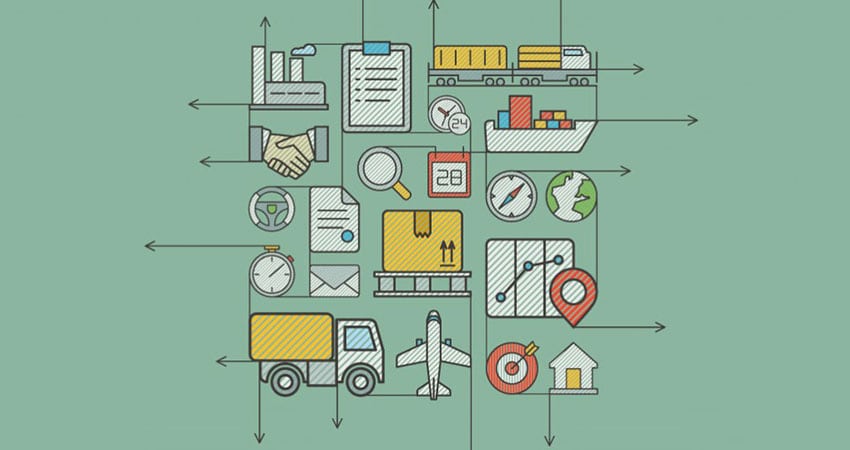Spending on ecommerce logistics in the U.S. reached $117.2 billion in 2017, representing 6.9% of all domestic logistics costs, up from 5.2% in 2016, according to a new report from third-party logistics research group Armstrong & Associates, as online buying continues experiences 14% annual growth.
The report estimates that ecommerce logistics costs will reach $196.2 billion by 2020, for a compound annual growth rate of 18.8%. Their estimate includes inbound and outbound transportation, warehousing and distribution, reverse logistics, administration and inventory carrying costs, and outstrips the projected ecommerce CAGR of 14.4% in the same period.
“Keeping up with the ‘new normal’ (as defined by Amazon’s Prime’s two-day delivery service level) is the biggest challenge facing ecommerce retailers today,” Armstrong & Associates said in its report. “Above all else, these three factors—delivery speed, delivery price, and assortment—have transformed ecommerce logistics from a niche service to a $117.2 billion industry.”
In addition to the frequently cited “last mile” from final sortation to the customer, Armstrong & Associates has created a category called it calls the “extra mile” to describe the complicated flow pattern of online goods from seller to buyer that is driving the ecommerce logistics boom.
“The well-traveled path from distribution center to store location is being replaced by a much more involved series of moves: from distribution centers to fulfillment centers to parcel hubs and sortation centers to last-mile delivery providers for residential delivery,” the company stated in its report.
To keep chasing Amazon, retailers that used to rely on one or two distribution centers now need at least five to enable reliable two- to three-day delivery, according to Armstrong & Associates. “The increasing frequency of next-day and same-day delivery requires an even more dramatic increase in locations,” the report states. “Next-day delivery works best with 40-50 locations and same-day requires 80-100 locations.”
While retailers using stores as distribution nodes can get to this level easier than ecommerce pure plays, the inventory balancing act between physical and online channels is a complex challenge that can easily deplete store stocks and cause customer dissatisfaction.
Given the challenges of ecommerce fulfillment in a demanding atmosphere, more merchants are turning to 3PLs to handle it for them. According to Armstrong & Associates, 3PLs took in $12.8 billion in 2017 in the U.S., with a projected CAGR of 18% through 2020 to $20.9 billion.
While much has been made of Amazon’s potential to take business away from UPS and FedEx through its various logistics endeavors – most recently FBA Onsite – Armstrong & Associates sees 3PLs as facing more of a competitive challenge. It estimates 27.5% of units sold through Amazon, both first and third party, are using FBA, representing 12.7% of all domestic ecommerce shipments.
“Rather than being a threat to parcel carriers, FBA Onsite exerts a more significant impact to 3PLs working with third-party Amazon sellers,” the company said in its report. “(Amazon’s) recent reported efforts to enlarge its shipper base also hint at the company’s interest in expanding its role as a logistics provider.”

